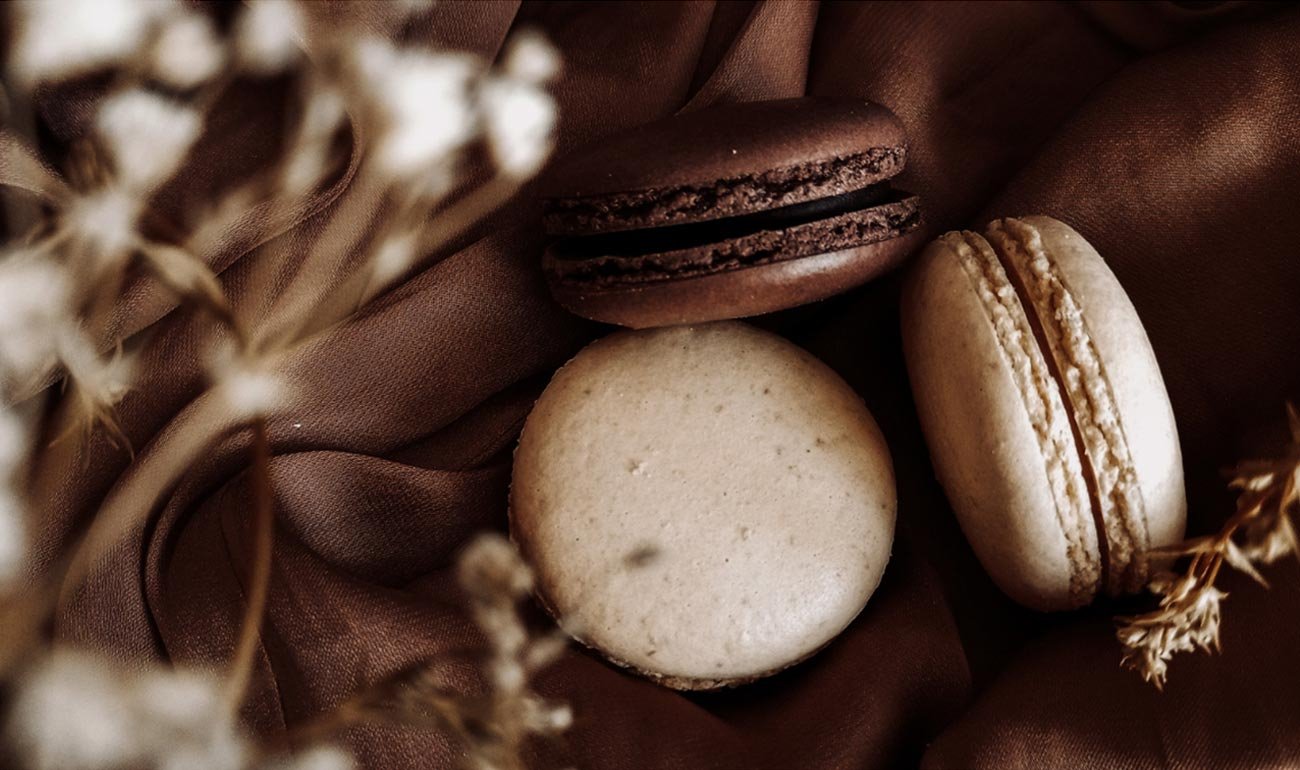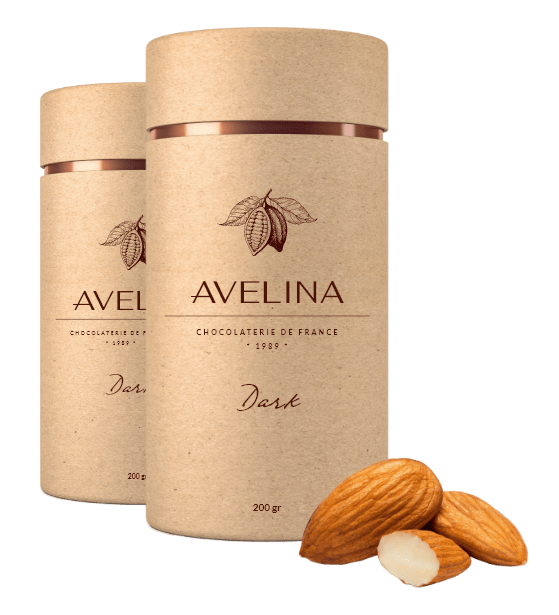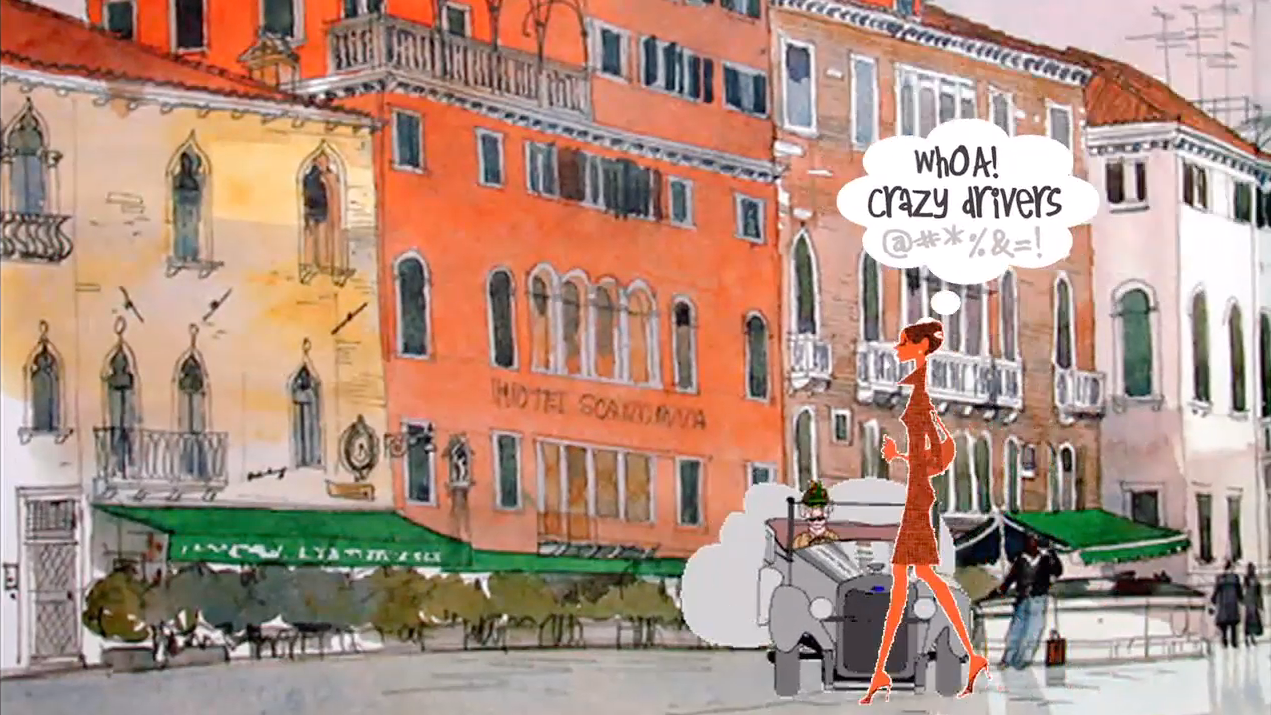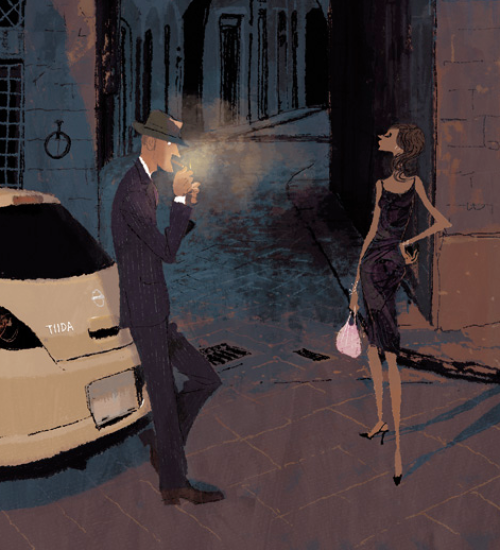artisan collection
Made for true chocolate lovers
Rorem ipsum dolor sit amet, consectetur adipiscing elit, sed do eiusmod tempor incididunt ut lreprehenderit quis eleifend quam adipiscing. Duis aute lordolor in reprehenderit quis eleifend quam adipiscing.
Tucked into 1,400 acres along the southeast shore of Lake Champlain, framed by the Adirondack Mountains to the west and the Green Mountains to the east, Vermont’s Shelburne Farms has always been about far more than farming. From its inception during the Gilded Age, the property has been intended as an ambitious campus for learning—though exactly what that means has evolved over its lifetime in fascinating ways.
When Manhattanites Lila and Seward Webb—she a granddaughter of Cornelius Vanderbilt, and he a prominent physician-turned-railroad-magnate—broke ground on their Vermont country estate in the 1880s, their goal was to create a top-flight agricultural research center where cutting-edge practices could be tested and disseminated around the world. They spared no expense bringing their vision to life, hiring New York City architect Robert H. Robertson to spearhead the design of 36 buildings and Frederick Law Olmsted to plan the undulating landscape. The magnificent Farm Barn—a five-story structure of stone, shingles, and half timbers that wrapped around an almost two-acre courtyard—served as the estate’s hub and heart.
When Manhattanites Lila and Seward Webb—she a granddaughter of Cornelius Vanderbilt, and he a prominent physician-turned-railroad-magnate—broke ground on their Vermont country estate in the 1880s, their goal was to create a top-flight agricultural research center where cutting-edge practices could be tested and disseminated around the world. They spared no expense bringing their vision to life, hiring New York City architect Robert H. Robertson to spearhead the design of 36 buildings and Frederick Law Olmsted to plan the undulating landscape. The magnificent Farm Barn—a five-story structure of stone, shingles, and half timbers that wrapped around an almost two-acre courtyard—served as the estate’s hub and heart.



Tucked into 1,400 acres along the southeast shore of Lake Champlain, framed by the Adirondack Mountains to the west and the Green Mountains to the east, Vermont’s Shelburne Farms has always been about far more than farming. From its inception during the Gilded Age, the property has been intended as an ambitious campus for learning—though exactly what that means has evolved over its lifetime in fascinating ways.
When Manhattanites Lila and Seward Webb—she a granddaughter of Cornelius Vanderbilt, and he a prominent physician-turned-railroad-magnate—broke ground on their Vermont country estate in the 1880s, their goal was to create a top-flight agricultural research center where cutting-edge practices could be tested and disseminated around the world. They spared no expense bringing their vision to life, hiring New York City architect Robert H. Robertson to spearhead the design of 36 buildings and Frederick Law Olmsted to plan the undulating landscape. The magnificent Farm Barn—a five-story structure of stone, shingles, and half timbers that wrapped around an almost two-acre courtyard—served as the estate’s hub and heart.

Tucked into 1,400 acres along the southeast shore of Lake Champlain, framed by the Adirondack Mountains to the west and the Green Mountains to the east, Vermont’s Shelburne Farms has always been about far more than farming. From its inception during the Gilded Age, the property has been intended as an ambitious campus for learning—though exactly what that means has evolved over its lifetime in fascinating ways.
When Manhattanites Lila and Seward Webb—she a granddaughter of Cornelius Vanderbilt, and he a prominent physician-turned-railroad-magnate—broke ground on their Vermont country estate in the 1880s, their goal was to create a top-flight agricultural research center where cutting-edge practices could be tested and disseminated around the world. They spared no expense bringing their vision to life, hiring New York City architect Robert H. Robertson to spearhead the design of 36 buildings and Frederick Law Olmsted to plan the undulating landscape. The magnificent Farm Barn—a five-story structure of stone, shingles, and half timbers that wrapped around an almost two-acre courtyard—served as the estate’s hub and heart.


Tucked into 1,400 acres along the southeast shore of Lake Champlain, framed by the Adirondack Mountains to the west and the Green Mountains to the east, Vermont’s Shelburne Farms has always been about far more than farming. From its inception during the Gilded Age, the property has been intended as an ambitious campus for learning—though exactly what that means has evolved over its lifetime in fascinating ways.
Borem ipsum dolor sit amet, consectetur adipiscing elit, sed do eiusmod tempor incididunt ut lreprehenderit quis eleifend quam adipiscing. Duis aute lordolor in reprehenderit quis eleifend quam adipiscing.
evangelina lavigne
chocolate artista


Sed ut perspiciatis unde omnis iste natus error sit voluptatem. accusantium doloremque laudantium, totam rem aperiam.
newsletter

what's the latest?
-
 Madame Goes To VeniceNovember 29, 2025/0 Comments
Madame Goes To VeniceNovember 29, 2025/0 Comments -
 Puttin’ On The RitzNovember 26, 2025/
Puttin’ On The RitzNovember 26, 2025/ -
 SnowfallNovember 26, 2025/
SnowfallNovember 26, 2025/
visit our shop

our instagram
related posts
1 Your Cart A Sailor In Love 1 × $148.00
0 Your Cart No products in the cart. Add Products
1 Your Cart A Sailor In Love 1 × $148.00
information
-
about usabout us
-
locationlocation
-
BlogBlog
-
shopshop
-
customer servicecustomer service
pages
-
about usabout us
-
locationlocation
-
BlogBlog
-
shopshop
-
customer servicecustomer service

customer service
-
about usabout us
-
locationlocation
-
BlogBlog
-
shopshop
-
customer servicecustomer service
recipes
-
about usabout us
-
locationlocation
-
BlogBlog
-
shopshop
-
customer servicecustomer service









